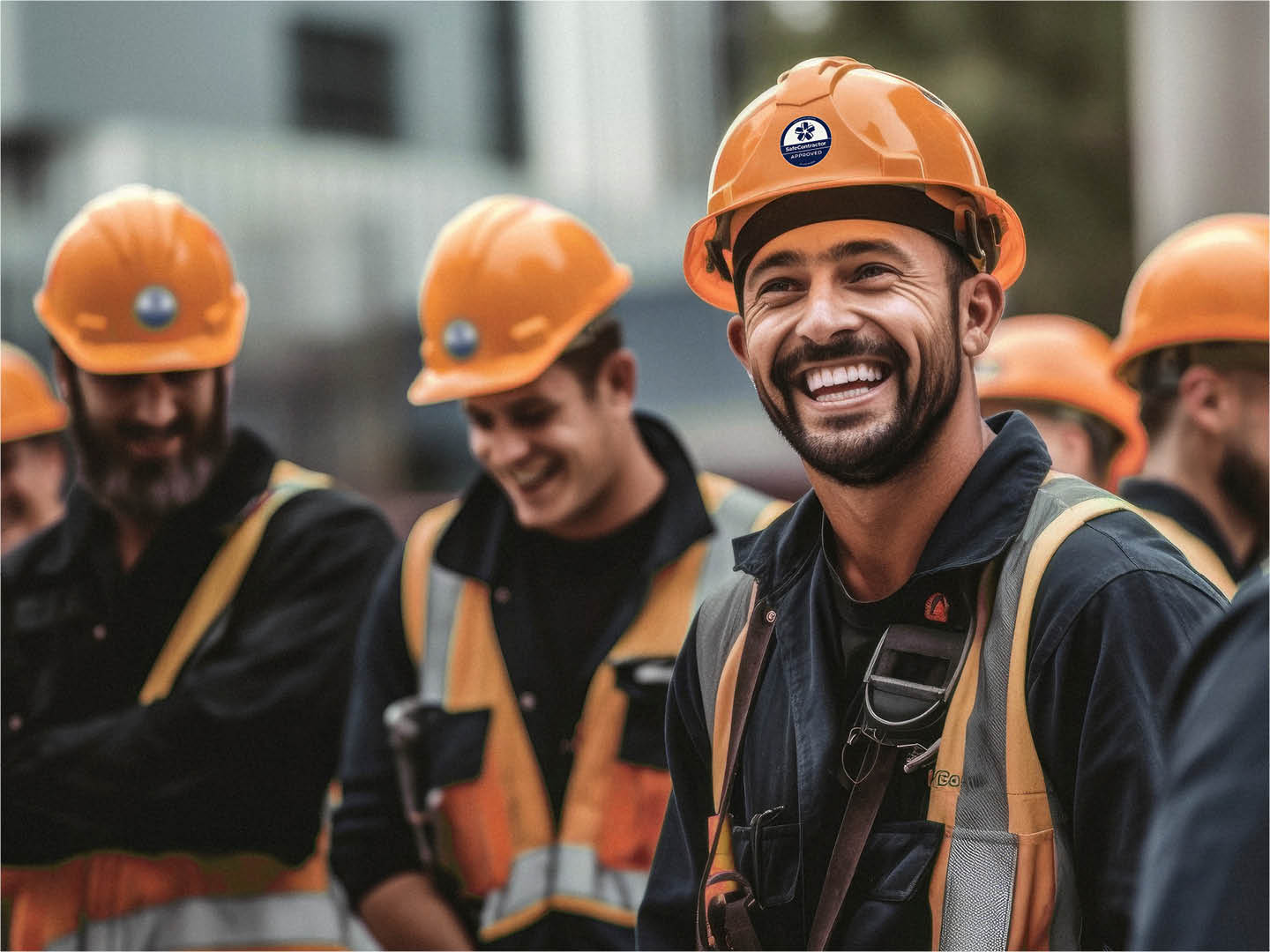Introduction
The construction industry is evolving rapidly, and Construction trade schools in texas are adapting to meet the demands of the future. From advanced technology in the classroom to industry partnerships and new teaching methods, the way students learn is transforming. These changes are not only making training more effective but also preparing graduates for the cutting-edge tools, techniques, and expectations they’ll encounter on the job site.
Embracing Technology in Training
Technology is reshaping how construction trade schools in Texas deliver education. Modern tools are enhancing both the teaching process and the skills students acquire.
Virtual Reality (VR) and Simulation
Some schools now use VR headsets and simulators to let students practice complex tasks in a safe, controlled environment before working with real equipment.
Digital Blueprint Software
Students learn to read and create blueprints using industry-standard digital programs, a skill increasingly required by employers.
Hybrid Learning Models
The future of education at construction trade schools in Texas includes more flexible learning formats. Hybrid models combine online coursework for theory with in-person sessions for hands-on practice.
Benefits of Hybrid Learning
- Reduces travel time for students.
- Allows theory to be learned at a self-paced schedule.
- Keeps lab time focused entirely on practical skills.
Focus on Green Construction
Sustainability is becoming a major focus in the industry, and construction trade schools in Texas are integrating green building practices into their curricula.
Energy-Efficient Techniques
Students learn methods for improving energy efficiency in construction, from insulation upgrades to renewable energy system installation.
Sustainable Materials
Training now includes working with eco-friendly materials and understanding their long-term benefits.
Stronger Industry Partnerships
Collaboration between schools and industry groups like ABC Central Texas will play an even bigger role in the future.
Direct-to-Job Pipelines
More programs will likely include apprenticeships that transition smoothly into full-time positions upon graduation.
Curriculum Updates
Industry feedback will ensure that programs keep pace with the latest building codes, safety standards, and technological advancements.
Data-Driven Learning
The best construction trade schools in Texas are beginning to use data analytics to track student progress and improve training effectiveness.
Personalized Training Plans
Data can identify areas where students need extra support, allowing instructors to customize lessons for maximum impact.
Inclusion and Diversity Initiatives
As the industry grows, construction trade schools in Texas are working to attract a more diverse student population.
Support for Women and Minorities
Scholarships, mentorship programs, and outreach initiatives help underrepresented groups enter and thrive in the trades.
Preparing for Industry 4.0
Automation, robotics, and advanced manufacturing are making their way into construction, and schools are adjusting to teach these emerging skills.
Smart Tools and Equipment
Students are learning to operate and maintain high-tech machinery used on modern construction sites.
Conclusion
The future of learning at construction trade schools in Texas is dynamic, technology-driven, and closely aligned with industry needs. With innovations like VR simulations, hybrid learning models, green construction training, and strong partnerships with organizations like ABC Central Texas, students will be better prepared than ever for successful careers. By embracing these changes, trade schools are ensuring their graduates not only meet today’s standards but are ready to lead in the construction industry of tomorrow.
